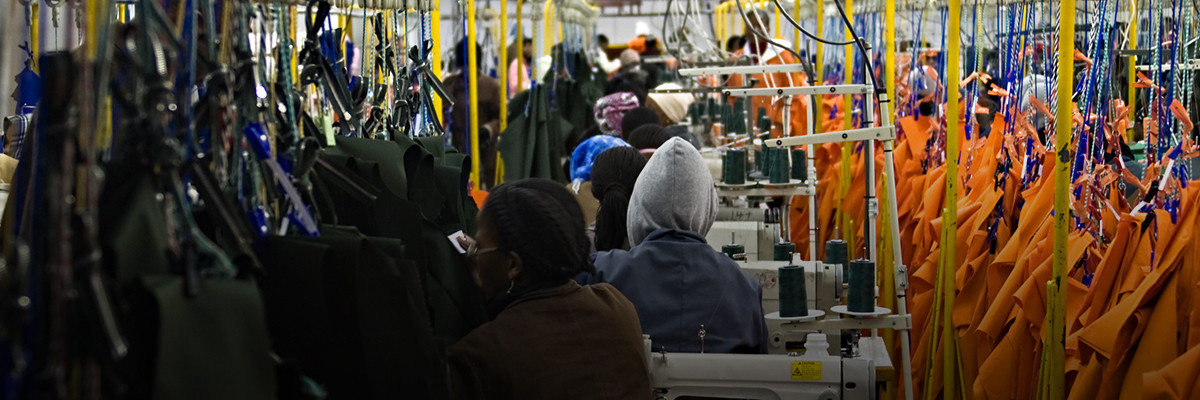
Authors
-
Magali Barraja
Former Associate Director, BSR
-
Dominic Maes
Former Manager, Communications and Marketing, BSR
Today, BSR is pleased to launch a new video that sets out why and how companies should work to drive gender equality in global supply chains. We invite you to take a moment to watch it below.
There are many opportunities for companies to promote gender equality in supply chains—through their own actions, by enabling business partners, and by influencing industry peers and the broader policy landscape. Taking any of these steps will help drive progress for women in supply chains. However, we believe that those companies looking to create real and lasting change for women should adopt holistic approaches that tackle inequality at every level.
What does that look like, and how can you put it into practice?
Act
As a company, you can act by integrating a gender lens into your supply chain strategy, supplier codes of conduct, due diligence approach, and sourcing practices. Taking these actions is a solid first step to ensuring that women workers are visible, the specific challenges they face are better identified, and remediation measures are being designed with gender specificities in mind. BSR has—with support from the Dutch Ministry of Foreign Affairs—produced two guidance documents to help you get started: the Gender Equality in Codes of Conduct Guidance and the Gender Equality in Social Auditing Guidance.
Adding a gender lens to your due diligence processes has never been more important: In June 2019, the United Nations Guiding Principles (UNGPs) Working Group will present its report to the Human Rights Council on how to integrate gender more prominently into companies’ due diligence process, so that the business impacts of human rights abuses specifically related to women are better identified and addressed.
Enable
As a company, you can enable your business partners to develop stronger gender-sensitive management systems and inspire positive gender norms, either through collaborating with other companies to develop and pilot solutions or on a one-to-one basis with individual suppliers. As one example of what this can look like, BSR has worked with Lindex to develop its WE Women by Lindex program, and we are currently working with the Ethical Toy Program (ETP) to strengthen management systems with a range of toy manufacturers in India. Even when women have the knowledge and agency they need to make empowered choices, they may not be able to act on these choices because of workplace systems that provide inadequate support through pregnancy and maternity, hinder career advancement, or make it difficult to safely report any gender-sensitive grievances.
Influence
As a company, you can advocate for women’s empowerment and gender equality by joining a collaborative initiative with a strong influence agenda, such as Business Action for Women or HERproject. Through these efforts, you can work with your peers to raise your voice and advocate for change around systemic issues—the kind of issues that no individual company, or even a group of companies, can tackle in isolation. Changing unequal social norms, discriminatory legislation, or a lack of resources for women requires collaboration and a deeper engagement with governments, the development community, and grass-roots organizations.
As expectations grow for companies to drive gender equality around the world, it is vital for companies to consider the wide range of opportunities to do so, from creating gender-sensitive corporate strategy to directly empowering women workers through peer educator training in factories and on farms.
Are you ready to take your first step toward gender equality in supply chains or to engage more directly with the topic? Please contact our team of women’s empowerment experts.
Let’s talk about how BSR can help you to transform your business and achieve your sustainability goals.